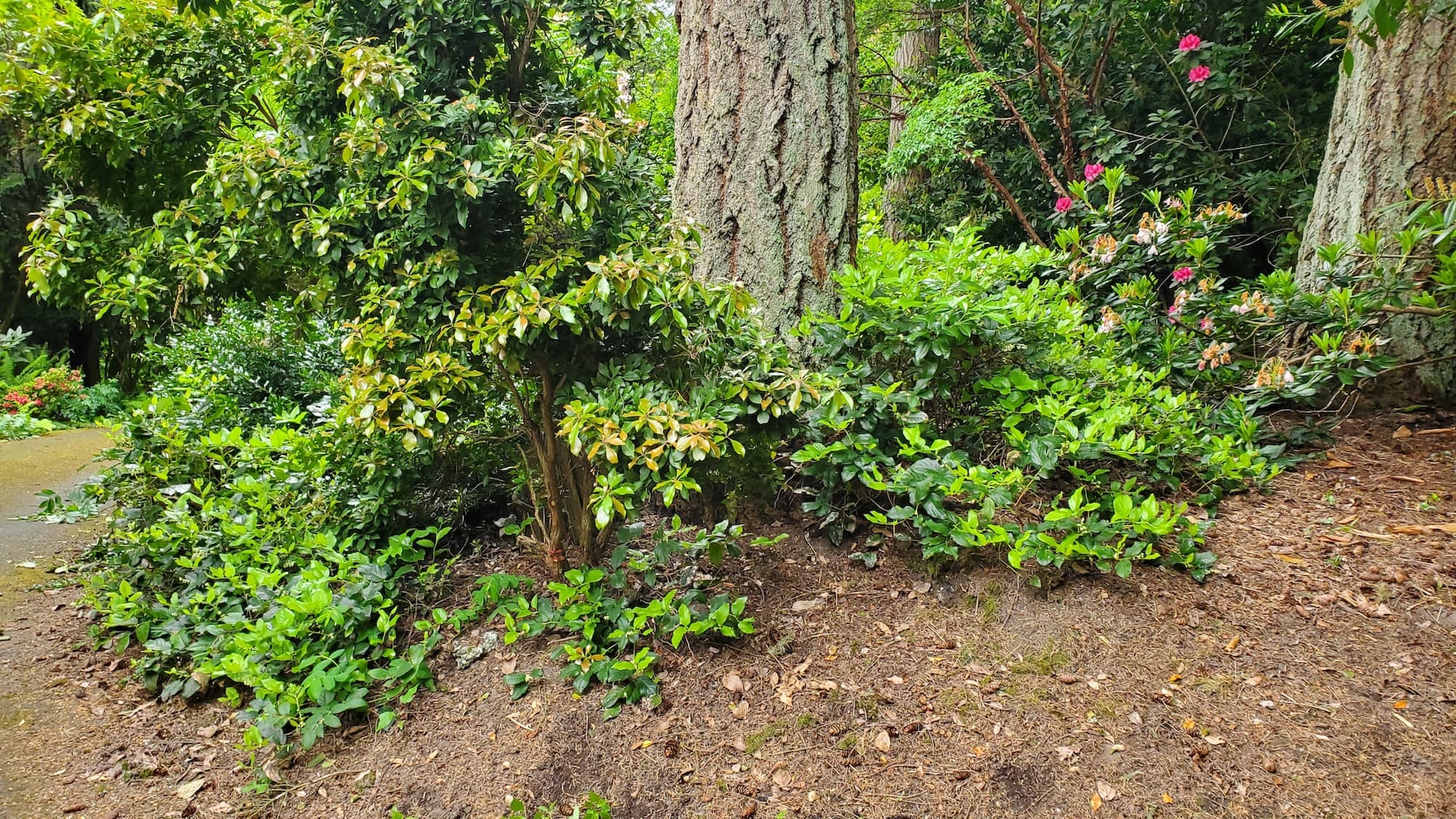West Seattle Hurricane prep tree pruning
Homeowner’s Issue
West Seattle properties face a familiar set of challenges when storms roll in: saturated soils from our long rainy season, shallow topsoil on some slopes, and wind exposure off Puget Sound that can torque upper canopies. Many yards here sit on compacted glacial till, or on steep streets in Admiral, High Point, and Fauntleroy where roots struggle for hold. That means large limbs can snap or entire trees can tip when heavy rains and gusts combine.
Shade pockets in ravines and north-facing yards encourage moss, ivy, and blackberry creep; those plants hide dead limbs and make trees heavier. Near Alki and Lincoln Park, salt spray and wind-pruned forms add different stress patterns—trees with persistent lean or asymmetric crowns need early attention. HOA guidelines and curb appeal matter too: overgrown trees can violate sight-line or clearance rules and drag down neighborhood look.
For storm safety in West Seattle you need pruning that reduces sail area, removes hazardous branches, and corrects structural defects without stressing trees further. Because the city’s green waste programs and composting options are robust, debris handling is part of the solution—hand-removal, chipping, and compost-quality mulch reuse keep jobs sustainable. We always plan timing around wet-season saturation to avoid rutting and root damage while keeping everything herbicide-free.
Our Quality Service
We focus on sustainable, practical pruning that reduces storm risk and preserves tree health. On site we inspect trunk collars, root flare visibility, and crown balance, then prune to remove deadwood, crossing limbs, and weighty lateral branches that catch wind. Tools include hand saws, pole saws, ropes for controlled lowering, and a small chipper for on-site processing.
Typical timeline: single-medium tree jobs are 1–3 hours; multi-tree yards or steep-site work is booked half- or full-day. We avoid heavy machinery on wet lawns to prevent compaction and use walk-behind equipment or hand-haul where access is tight. All pruning follows sustainable practices—no herbicides—using targeted cuts, crown thinning, and corrective pruning that encourages strong structure.
Benefits: safer trees in storms, cleaner sightlines, reduced property risk, easier post-storm clean-up, and mulch/woody-chips returned to beds to retain moisture and suppress weeds.
What’s Included
- Site inspection and risk assessment before work begins.
- Structural pruning: remove dead, cracked, or poorly attached limbs.
- Crown thinning and selective reduction to lower wind load.
- Debris handling: chipping on-site or haul-away.
- Final sweep of yard and street-facing curb.
Options / Upgrades:
- Mulch refresh using chipped material (organic, reused on-site).
- Mulch + landscape fabric for high-traffic beds.
- Organic hand-pulling or mechanical removal of ivy/blackberry (no herbicides).
- Green-bin drop-off or commercial haul-away for large volumes.
Before & After / Expectations
Expect noise, sawdust, and a short-term mess while work is active; we clean as we go and leave the site tidy. Steep-drive or limited-access yards (common in High Point and Admiral) add time—plan for longer windows. If we chip on-site, some wood will be reused for mulch; if you prefer removal, choose haul-away up front.
Care tips for West Seattle:
- Best structural pruning window: late winter to early spring before leaf-out; for immediate storm risk, actionable pruning can be done any time trees are dry and safe to work on.
- Water new plantings in dry summer windows (June–September) to keep roots strong before winter rains.
- Watch for increased weed and blackberry pressure after wet springs—mechanical removal and mulch layers reduce regrowth.
- For moss-heavy lawns or beds, increase airflow and sun exposure where possible; selective thinning helps.
FAQs
How soon can you start?
We typically schedule high-risk storm-prep jobs within 1–2 weeks, faster for urgent hazards.Will pruning hurt my tree?
When done correctly, targeted pruning improves structure and reduces failure risk. We avoid excessive crown reduction and never use herbicides.Do you remove everything or can you leave chips?
Both. We can chip and reuse mulch on-site, load green-bin compostables, or haul debris away—your choice.Do I need a permit?
Most residential pruning doesn’t need permits. Large removals or protected trees might—if relevant we’ll flag it in the inspection.
Call to Action
If you’re in West Seattle and want your yard storm-ready, book a free estimate. We schedule prompt assessments, use sustainable methods, and plan work around site conditions and HOA needs. Email neatandtidyseattle@gmail.com to set up a visit or send photos for a quick quote.










